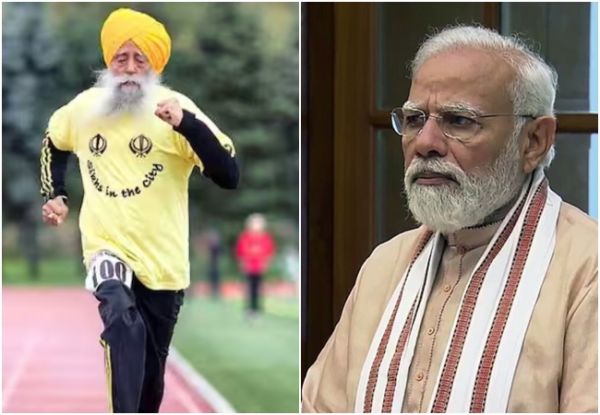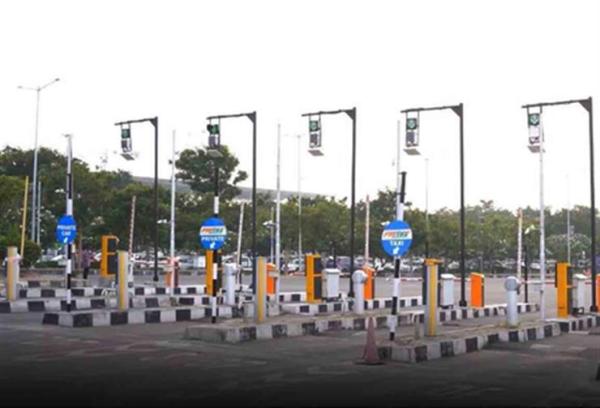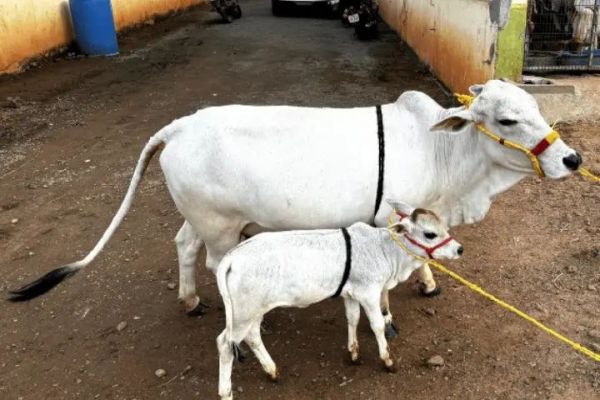7 ancient stepwells that are architectural marvels
Ancient Indian stepwells, known as baolis, vavs, or bawdis, are remarkable examples of India's traditional water management and architectural genius. Built deep into the earth with steps leading down to the water, these structures were practical solutions for water storage. Here are 7 ancient stepwells that are true architectural marvels.
1. Rani ki Vav , Gujarat
In the 11th century, Queen Udayamati constructed Rani ki Vav as a memorial to King Bhimdev I. Rani ki Vav is a UNESCO World Heritage monument and among India's best stepwells. Designed in the form of an inverted temple, it has more than 500 sculptures and 1,000 small carvings, predominantly of Lord Vishnu.
2. Chand Baori , RajasthanStanding in the village of Abhaneri, Chand Baori is India's deepest stepwell that goes down 100 feet with 3,500 steps and 13 levels. Constructed during the 8th and 9th centuries by King Chanda of the Nikumbh dynasty, its haunting beauty has no match. It has a temple nearby dedicated to Harshat Mata, the goddess of joy.
3. Adalaj Stepwell , GujaratThis five-story stepwell at Adalaj, just outside Ahmedabad, was finished in 1499. Built by Rana Veer Singh for his wife Rani Roopba, it was subsequently completed by the victorious Muslim king Muhammad Begda upon Singh's death. Sadly, the queen took her own life in this well. The structure has stunning Indo-Islamic architecture with ornate pillars and intricate carvings.
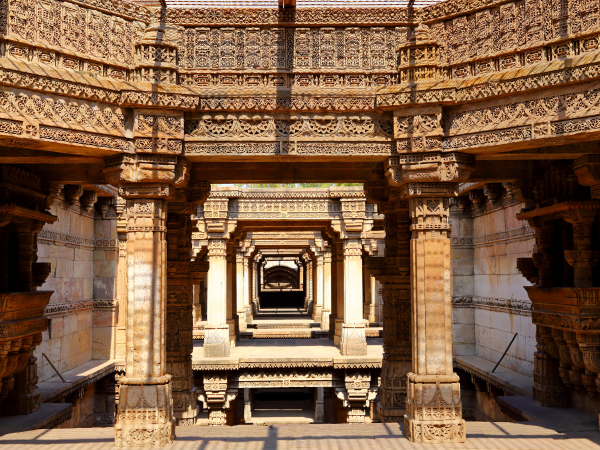
4. Agrasen ki Baoli, DelhiConcealed in the midst of Delhi, Agrasen ki Baoli is a 60-meter-long and 15-meter-wide stepwell. It is said to have existed since the time of the Mahabharata and was rebuilt in the 14th century by the Agrawal community. Its arcaded niches and symmetrical steps attract photographers and filmmakers alike. The baoli is still shrouded in mystery and has stories of ghostly activity attached to it.
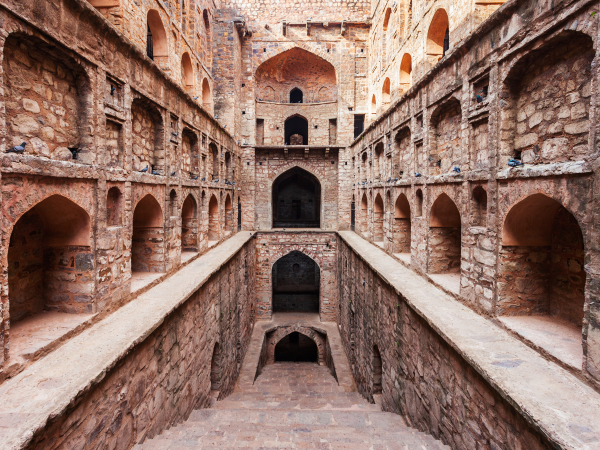
5. Toorji ka Jhalra, JodhpurBuilt in the 18th century by a queen of Maharaja Abhay Singh, Toorji ka Jhalra is a stunning stepwell in Jodhpur made up of all rose-red sandstone. It was unearthed and restored in recent times and is now a peaceful place hidden within the chaotic old city. It is a well-known tourist destination and cultural heritage site today.
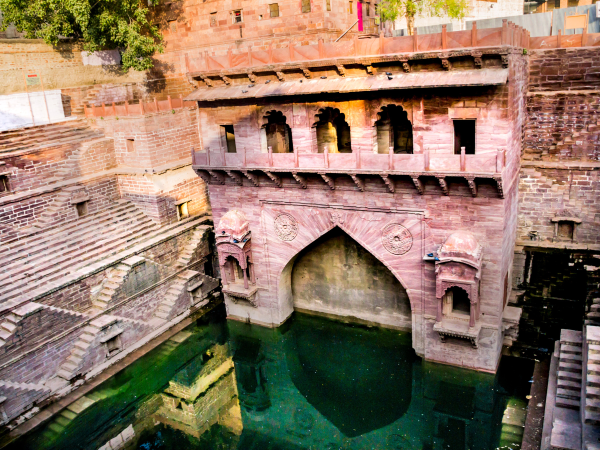
6. Nahargarh Stepwell, Jaipur
Constructed in 1734 by Maharaja Sawai Jai Singh II, the Nahargarh stepwells are special for their uneven construction as per the natural slope of the Aravalli hills. These wells form a part of a smart catchment system, as canals harvest rainwater from the hills and lead it into the wells. The larger stepwell was featured in the Bollywood movie Rang De Basanti.
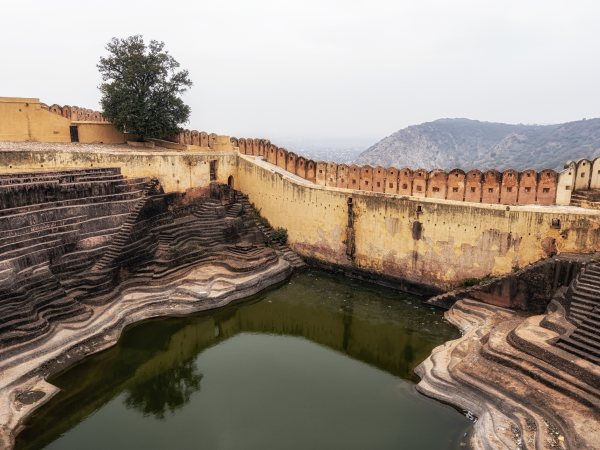
7. Shahi Baoli , LucknowSituated at the Bada Imambara complex in Lucknow, Shahi Baoli is an 18th-century imperial stepwell ordered by Nawab Asaf-ud-Daula. It was first constructed to provide water for use in construction processes. Then it was converted into an elegant guesthouse with fountains and marble floors. Its intelligent design gives visitors' reflections in the water before they approach.
1. Rani ki Vav , Gujarat
In the 11th century, Queen Udayamati constructed Rani ki Vav as a memorial to King Bhimdev I. Rani ki Vav is a UNESCO World Heritage monument and among India's best stepwells. Designed in the form of an inverted temple, it has more than 500 sculptures and 1,000 small carvings, predominantly of Lord Vishnu.
2. Chand Baori , RajasthanStanding in the village of Abhaneri, Chand Baori is India's deepest stepwell that goes down 100 feet with 3,500 steps and 13 levels. Constructed during the 8th and 9th centuries by King Chanda of the Nikumbh dynasty, its haunting beauty has no match. It has a temple nearby dedicated to Harshat Mata, the goddess of joy.
3. Adalaj Stepwell , GujaratThis five-story stepwell at Adalaj, just outside Ahmedabad, was finished in 1499. Built by Rana Veer Singh for his wife Rani Roopba, it was subsequently completed by the victorious Muslim king Muhammad Begda upon Singh's death. Sadly, the queen took her own life in this well. The structure has stunning Indo-Islamic architecture with ornate pillars and intricate carvings.

4. Agrasen ki Baoli, DelhiConcealed in the midst of Delhi, Agrasen ki Baoli is a 60-meter-long and 15-meter-wide stepwell. It is said to have existed since the time of the Mahabharata and was rebuilt in the 14th century by the Agrawal community. Its arcaded niches and symmetrical steps attract photographers and filmmakers alike. The baoli is still shrouded in mystery and has stories of ghostly activity attached to it.

5. Toorji ka Jhalra, JodhpurBuilt in the 18th century by a queen of Maharaja Abhay Singh, Toorji ka Jhalra is a stunning stepwell in Jodhpur made up of all rose-red sandstone. It was unearthed and restored in recent times and is now a peaceful place hidden within the chaotic old city. It is a well-known tourist destination and cultural heritage site today.

6. Nahargarh Stepwell, Jaipur
Constructed in 1734 by Maharaja Sawai Jai Singh II, the Nahargarh stepwells are special for their uneven construction as per the natural slope of the Aravalli hills. These wells form a part of a smart catchment system, as canals harvest rainwater from the hills and lead it into the wells. The larger stepwell was featured in the Bollywood movie Rang De Basanti.

7. Shahi Baoli , LucknowSituated at the Bada Imambara complex in Lucknow, Shahi Baoli is an 18th-century imperial stepwell ordered by Nawab Asaf-ud-Daula. It was first constructed to provide water for use in construction processes. Then it was converted into an elegant guesthouse with fountains and marble floors. Its intelligent design gives visitors' reflections in the water before they approach.
Read more
